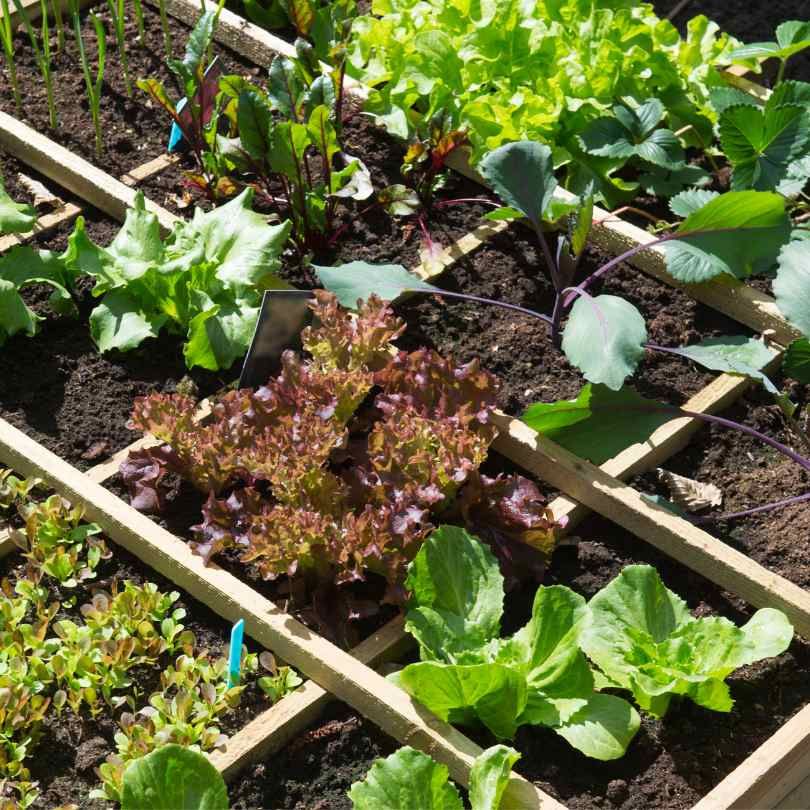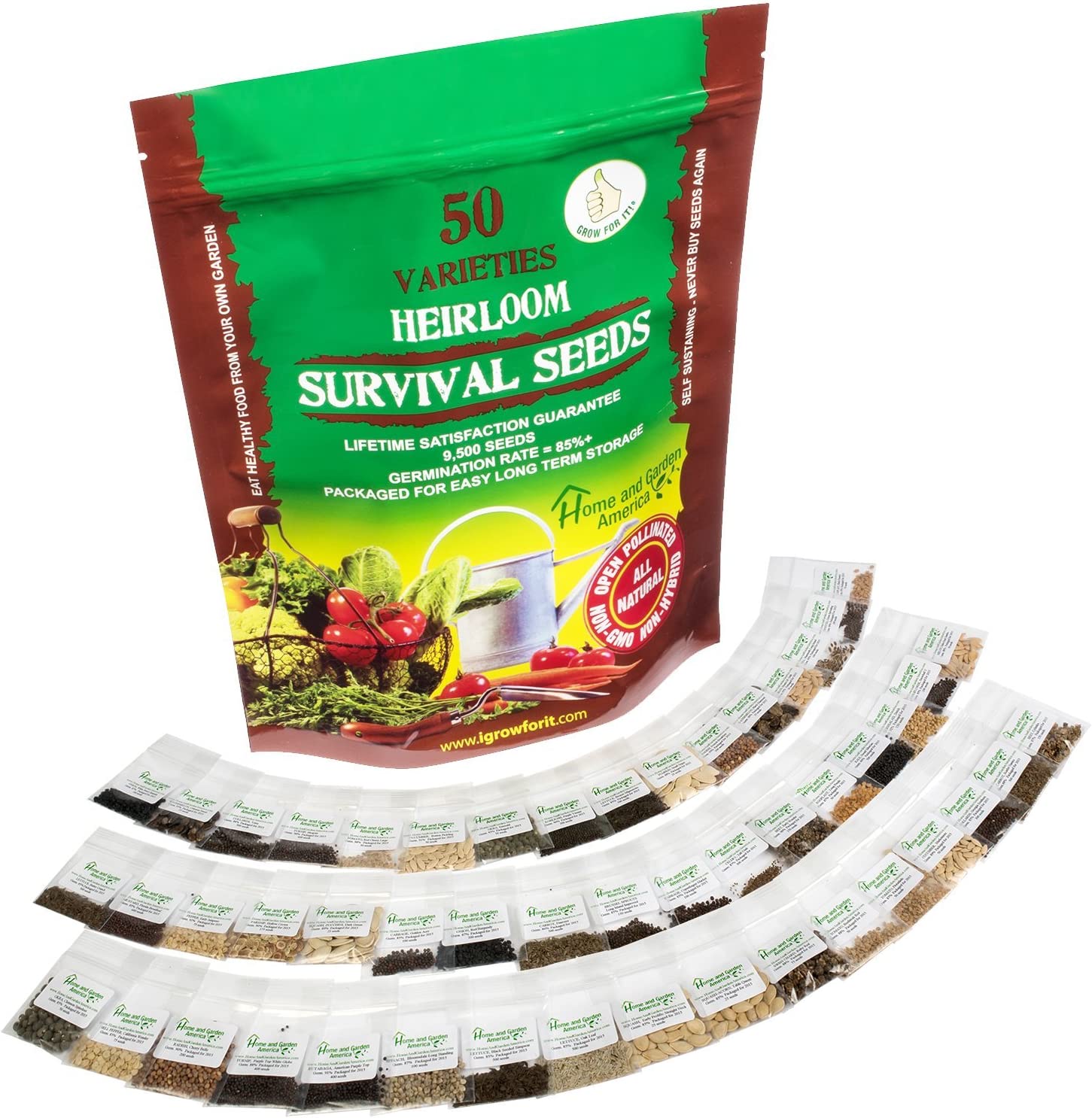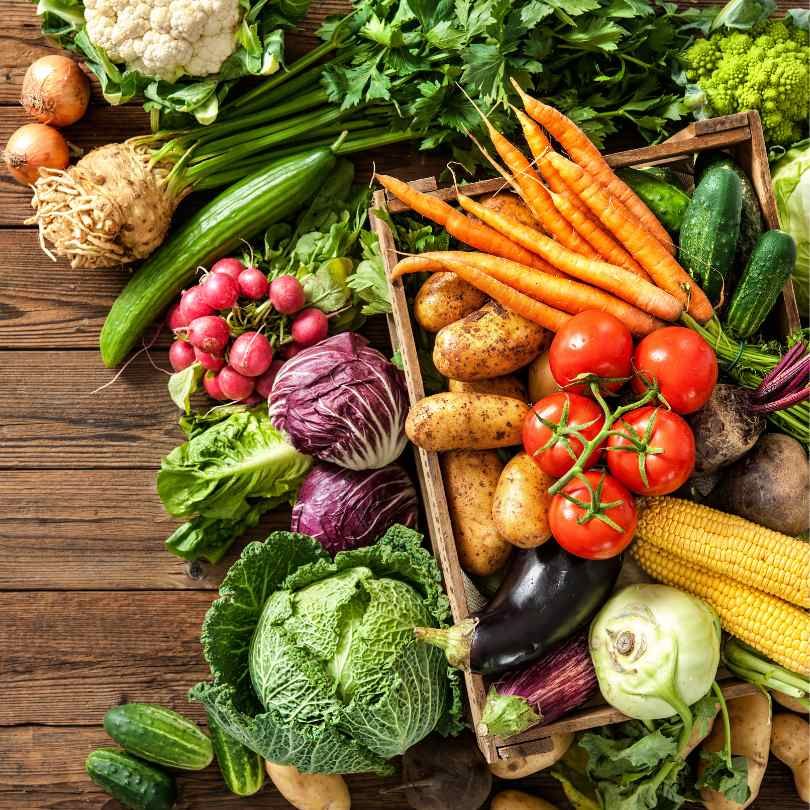
Key Takeaways:
Understanding cross breeding helps you create unique, resilient vegetables in your garden.
Quality and compatibility of seeds are crucial for successful vegetable cross breeding.
Hand pollination and controlled pollination are key techniques in the cross breeding process.
Dealing with challenges like unsuccessful crosses and pests is part of the learning curve.
Harvesting your own cross-bred vegetables offers a taste of innovation and satisfaction.
Discovering the Joys of Cross Breeding Vegetables
There’s something magical about planting a seed, nurturing it, and watching it grow. But imagine if that seed could grow into a vegetable unlike any other, a plant that’s a delicious blend of two favorites from your garden. This is the wonder of cross breeding vegetables. It’s like being a backyard scientist, and the results? Well, they can be both surprising and delightful. Let’s dive into this tasty science experiment and see what it’s all about.
Why Cross Breeding Can Revolutionize Your Garden
Cross breeding can transform your garden into a hub of innovation. By mixing the genes of different vegetables, you create hybrids that can be more resilient to pests, diseases, and extreme weather. Plus, cross breeding can yield vegetables with improved flavors, textures, and nutritional value. It’s a way to customize your crops to suit your palate and gardening conditions.
The Excitement of Creating Unique Veggies
Imagine biting into a tomato that has the sweetness of a cherry variety and the juiciness of a beefsteak. Or how about a pepper that combines the best heat of a jalapeño with the crisp texture of a bell pepper? These are the kinds of unique veggies you can create in your own garden through cross breeding. It’s a creative process that puts you in the driver’s seat of your garden’s diversity.
Understanding the Basics of Vegetable Cross Breeding
Cross breeding is the process of taking pollen from one variety of vegetable and transferring it to the flower of another variety. The goal is to combine the traits of both parent plants into a new, hybrid plant. It’s not as simple as just putting two plants together and hoping for the best. It requires a bit of know-how and patience.
At its core, cross breeding is about genetics. Each parent plant has a set of characteristics encoded in its DNA, and when you cross breed, you’re essentially shuffling those genetic cards. It’s a natural process that has been happening in the wild for millennia, but with a little human intervention, we can steer the process towards outcomes we desire.
For example, by cross breeding a drought-resistant tomato with a disease-resistant one, you could potentially create a new variety that stands up to both challenges.
What is Cross Breeding?
Cross breeding, also known as hybridization, involves mating two plants of different varieties or species to produce offspring with desired traits from both parents. It’s a cornerstone of horticultural innovation and has given us many of the staple vegetables we enjoy today.
The Role of Pollination in Creating Hybrids
Pollination is how plants reproduce. For cross breeding, it’s all about getting the pollen from the male part of one flower (the stamen) to the female part of another (the pistil). This can happen naturally through wind or insect pollinators, but for controlled cross breeding, we usually do it by hand.
Most importantly, successful cross breeding starts with the right seeds. Let’s talk about how to choose them.
Choosing the Right Survival Seeds for Your Garden

Not all seeds are created equal, especially when it comes to cross breeding. You want seeds that are healthy, viable, and compatible. That’s why it’s essential to start with ‘survival seeds’, which are non-hybrid, non-GMO, and open-pollinated. These seeds are designed to be hardy and to maintain their genetic diversity, which is perfect for our experiment.
Assessing Seed Quality and Viability
Before you start, you need to make sure your seeds are up to the task. Check for:
Freshness: Seeds shouldn’t be too old, as their viability decreases over time.
Source: Purchase seeds from reputable suppliers to ensure quality.
Appearance: Healthy seeds are usually plump and free of cracks or holes.
Testing seed viability can be as simple as placing a few seeds on a damp paper towel and waiting a few days to see if they sprout. If most of them germinate, you’re good to go!
Picking Compatible Vegetable Varieties
Compatibility is key. You can’t just cross any two vegetables and expect success. Generally, plants within the same species or closely related groups are the best candidates for cross breeding. Here’s what to consider:
Similar flowering times: Plants need to be flowering simultaneously for cross pollination.
Genetic compatibility: Some plants are more genetically compatible than others.
Desired traits: Choose parent plants with the traits you want to combine.
Now, with your quality seeds in hand and a bit of background knowledge, you’re ready to get your hands dirty and start the cross breeding process. In the next section, I’ll guide you through each step.
A Step-by-Step Guide to Cross Breeding
Preparing Your Garden Bed
First things first, a good home for your plants is essential. Make sure your garden bed is rich in organic matter and well-draining. This will give your seedlings the best start in life. A little bit of prep work now can save a lot of trouble later. So, roll up your sleeves and get that soil ready!
Techniques for Cross Pollination
Now comes the fun part: playing matchmaker with your plants. There are a couple of techniques you can use to ensure that the right pollen gets to the right flower.
Hand Pollination
Hand pollination is a simple and effective way to cross breed. Gently collect pollen from the male flower using a small brush or cotton swab and then transfer it to the female flower. It’s a delicate process, so take your time and be gentle. After pollination, you can tag the flower to keep track of your experiment.
Controlled Pollination
For a more scientific approach, controlled pollination can help prevent any rogue pollen from getting in the way. This might involve enclosing the female flower in a bag before it opens and then introducing the desired pollen. It’s a bit more work, but it ensures purity in your cross breeding efforts.
Monitoring Growth and Selecting Successful Hybrids
Patience is a virtue in the garden, especially when waiting for your hybrids to show their true colors. Monitor the growth of your plants and look for the characteristics you were aiming for. It might take a few generations to get it just right, so don’t get discouraged if your first attempt isn’t perfect.
Keep detailed records of each cross. Note the parent plants, the date of pollination, and any notable growth patterns. This information is invaluable for refining your technique and achieving consistent results.
Track the flowering and fruiting times.
Compare the growth of hybrids with their parent plants.
Select the most successful hybrids for further breeding or for saving seeds.
With these steps, you’re well on your way to harvesting your own cross-bred vegetables. But, as with any experiment, you might face some challenges along the way.
Overcoming Challenges in Cross Breeding
Dealing with Unsuccessful Crosses
Not every cross will be a winner, and that’s okay. If a cross doesn’t work out, take it as a learning opportunity. Review your process, consider the compatibility of your parent plants, and try again. Sometimes, the most successful hybrids come from a series of trial and error.
Managing Pest and Disease Risks
Pests and diseases can threaten your cross breeding project, so be proactive. Keep a close eye on your plants for any signs of trouble and act quickly if you spot anything amiss. Healthy, vigorous plants are less likely to succumb to pests and diseases, so good garden hygiene and regular care are your best defenses.
Now, let’s look forward to the fruits of your labor – quite literally.
Harvesting and Tasting Your Cross-Bred Creations

When and How to Harvest
Harvest time is the most exciting part of the process. When your vegetables look ripe and ready, it’s time to pick them. Use clean, sharp tools to avoid damaging the plant, and remember to save some seeds for next season if you’re pleased with the results.
Savoring the Flavors of Innovation
Finally, it’s time to taste your innovative veggies. Prepare them in your favorite dishes or enjoy them fresh from the garden. Each bite is a testament to your hard work and creativity. And who knows? You might just have bred the next big thing in home gardening!
Sharing your success not only brings joy but also encourages others to try their hand at this rewarding hobby.
Sharing Your Cross Breeding Success Stories
Documenting Your Cross Breeding Journey
“I’ll never forget the first time I tasted a tomato that came from a plant I cross bred myself. The flavor was like nothing I’d ever bought from a store – it was richer, sweeter, and more complex. It was a proud moment that I had to share with everyone.”
Document your journey with photos, notes, and even blog posts or social media updates. This not only serves as a record for you but also inspires others. Plus, the gardening community is a fantastic resource for tips, encouragement, and seeds swaps.
And lastly, let’s not forget the broader impact of your gardening adventures.
The Power of Community in Home Gardening
When gardeners come together, sharing experiences and seeds, we create a community that’s rooted in sustainability and growth. Your success story can spark a passion in others, leading to more gardens, more diversity, and a healthier ecosystem.
The Sustainable Impact of Home Cross Breeding
By cross breeding vegetables, you’re doing more than just growing food. You’re contributing to biodiversity, promoting eco-friendly practices, and perhaps even creating new varieties that can withstand the challenges of climate change.
Your garden is a living laboratory, and every seed you plant is a step towards a greener future. So go ahead, get your hands dirty, and enjoy the journey of cross breeding your own vegetables from survival seeds. The possibilities are as limitless as your imagination.
Contributing to Biodiversity in the Garden
Every time you plant a new hybrid, you’re adding to the tapestry of life in your garden. These unique plants can attract different types of pollinators and beneficial insects, creating a more balanced and resilient ecosystem. By embracing diversity, your garden becomes not just a source of food, but a sanctuary for wildlife.
Introducing new hybrids can attract a wider range of pollinators.
Diverse plant life in your garden supports a healthier ecosystem.
Hybrids can bring resilience against pests and diseases, reducing the need for chemical interventions.
Think of your garden as a living canvas, where each plant contributes to a larger picture of biodiversity. The more colors, shapes, and flavors you introduce, the more vibrant and sustainable your garden becomes.
Moreover, this diversity can help safeguard against unexpected environmental changes. If one plant variety struggles due to weather or pests, another might thrive, ensuring you still have a bountiful harvest.
And as gardeners, we’re not just cultivating plants; we’re nurturing a whole web of life that includes soil microbes, insects, birds, and more. It’s a responsibility and a privilege to make our gardens a haven for such diversity.
Promoting Eco-Friendly Gardening Practices
By cross breeding your own vegetables, you’re taking a stand for the environment. You’re reducing the need for long-distance food transport, minimizing your carbon footprint, and steering clear of genetically modified organisms. It’s a step towards self-sufficiency and sustainability.
FAQ: Cross Breeding Vegetables from Survival Seeds
Now, let’s address some common questions about cross breeding vegetables from survival seeds to help clarify any doubts and give you the confidence to start your own experiments.
Can I cross breed any type of vegetables?
While the idea of cross breeding any vegetables might be tempting, it’s not always possible. Vegetables need to be genetically compatible, usually within the same species or closely related groups. For example, you can cross different types of tomatoes or squashes, but you can’t cross a tomato with a squash.
How do I know if a cross has been successful?
You’ll know your cross has been successful when you see the traits you were aiming for in the offspring. This might be a new color, shape, or size that wasn’t present in the parent plants. Keep in mind that it may take a few generations to stabilize these traits.
Here are a few signs that your cross breeding efforts have been successful:
The hybrid plant exhibits characteristics from both parent plants.
The plant is healthy and vigorous, indicating good genetic compatibility.
You’re able to save seeds from the hybrid that produce similar offspring.
Can I use seeds from grocery store vegetables for cross breeding?
Seeds from grocery store vegetables are often hybrids themselves, which means they may not breed true to type. Additionally, they might have been treated to prevent sprouting. For the best results in cross breeding, use heirloom or open-pollinated seeds from a trusted source.
How long does it take to see results from cross breeding?
Patience is key when it comes to cross breeding. You may see some results in the first generation, but it often takes several generations to stabilize the desired traits. This process can take anywhere from a few months to several years, depending on the plants and the traits you’re selecting for.
What should I do with vegetables from a failed cross?
If a cross doesn’t yield the results you were hoping for, don’t be discouraged. You can still eat the vegetables; they might be delicious even if they don’t have the exact traits you wanted. Use it as a learning experience to refine your technique for the next attempt.
Remember, every attempt, whether successful or not, is a step forward in your gardening journey. Keep experimenting, keep learning, and most importantly, keep enjoying the process of bringing new life into your garden.







Leave a Reply